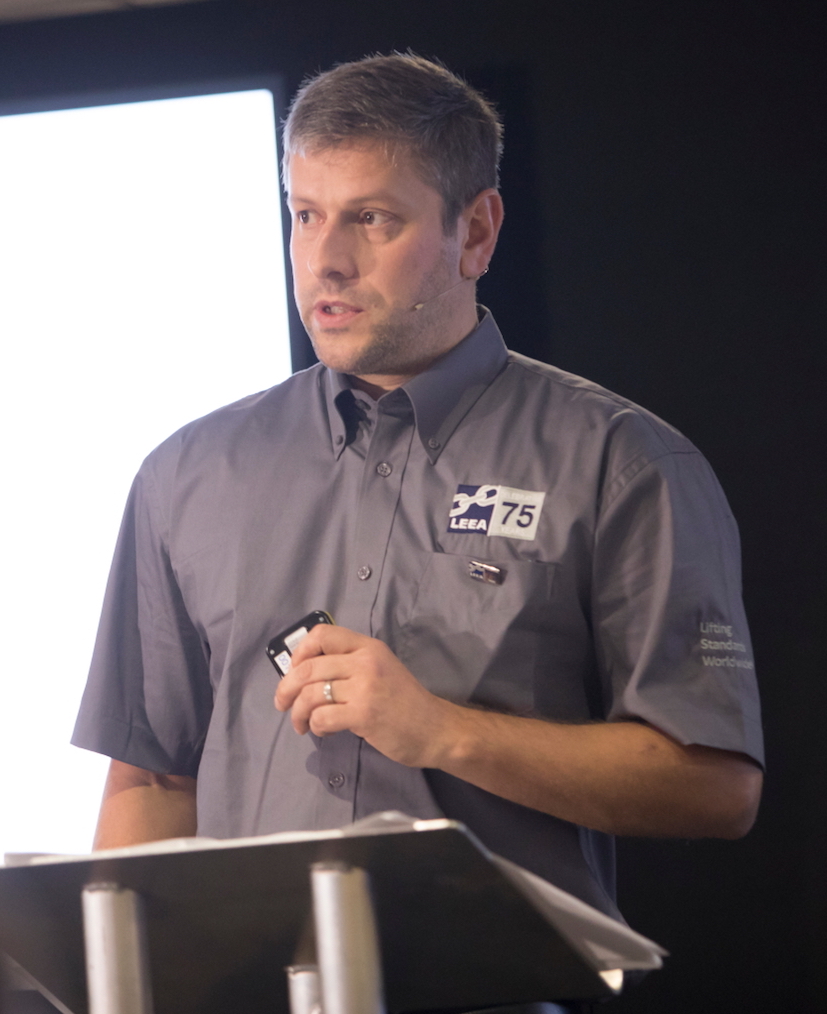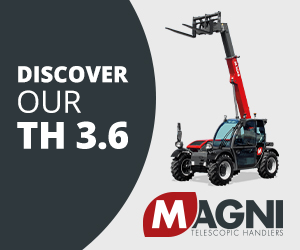)
Better than good
Ben Dobbs, head of Technical Services at the Lifting Equipment Engineers Association (LEEA) explains how, when it comes to lifting standards worldwide, best practice beats good practice.
Applying national legislation is considered good practice and of course must be done. However, applying the LEEA way is considered as best practice, because the Association’s requirements build on and exceed the minimum national legal requirements. Using a LEEA member therefore ensures that the services you receive will not only be fully compliant but also of the highest quality, irrespective of your geographical location.
Association members are subjected to frequent and highly technical audits that have been developed through collaboration with industry experts and continuously improved since the association began in 1944. The more LEEA grows as an association the more it learns from the industry and this knowledge is directed into updating our technical requirements. Through our rigorous audits LEEA improves members’ services by ensuring that they remain far in advance of the competition and that their clients receive high quality, safe, consistent and complaint services.
LEEA has many channels through which it can keep up to date with the industry. Our technical advice consultancy service, which is free to members, helps to identify current and common issues. Likewise, new members subjected to their first technical audits also help us to recognise common compliance and safety issues. New members failing to meet the minimum LEEA technical requirements are provided with the support and means to improve and work to gain full membership. The information we gather is used to fill gaps and improve our technical requirements and, subsequently, those of our members.
Taking a look at some recent improvements to be woven into the technical requirements, let’s start with the use and care of measuring devices. Testing and verification equipment has long been a LEEA technical requirement, but it has become clear that with advances in technology and improvements to standardisation many organisations are not fully compliant with the varying requirements. To this end and working with industry experts involved in the manufacture, testing, calibration and use and such equipment, LEEA has honed its requirements and produced a single and clear guidance template. This is set to become mandatory for all its members and as such set a compliance benchmark that will filter through and benefit the industry worldwide.
A further improvement is the connection of lifting accessories to pad eyes. Errors in fitting and compatibility of components is a fundamental and essential health and safety requirement, and one that LEEA has done much work on and addressed in its Code of Practice for the Safe Use of Lifting Equipment (COPSULE), which can be downloaded at www.leeaint.com/copsule. The code covers most standard and general-purpose equipment, but it has become clear that there are many compatibility issues concerning unique and non-standard equipment. These issues identified through technical advice have led to another guidance note on compatibility and the dos and don’ts, which again will be incorporated in the technical audit requirements and further boost the knowledge of LEEA members.
These are just two examples of resolutions and improvements that add to nearly 200 technical improvements made over recent years – all of which have and are being incorporated into the LEEA technical audit requirements. This means you can put trust in the LEEA logo to receive best practice services











